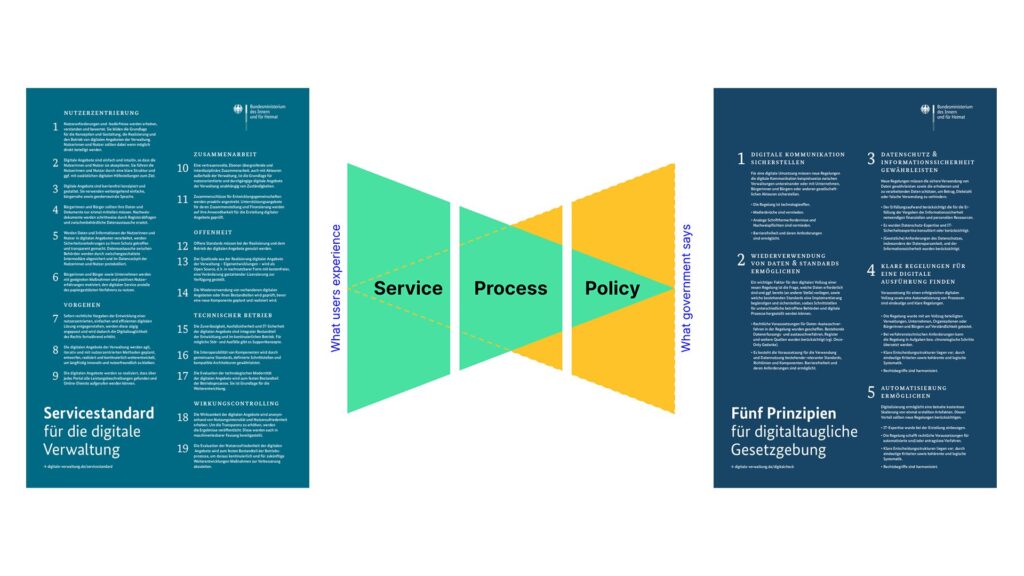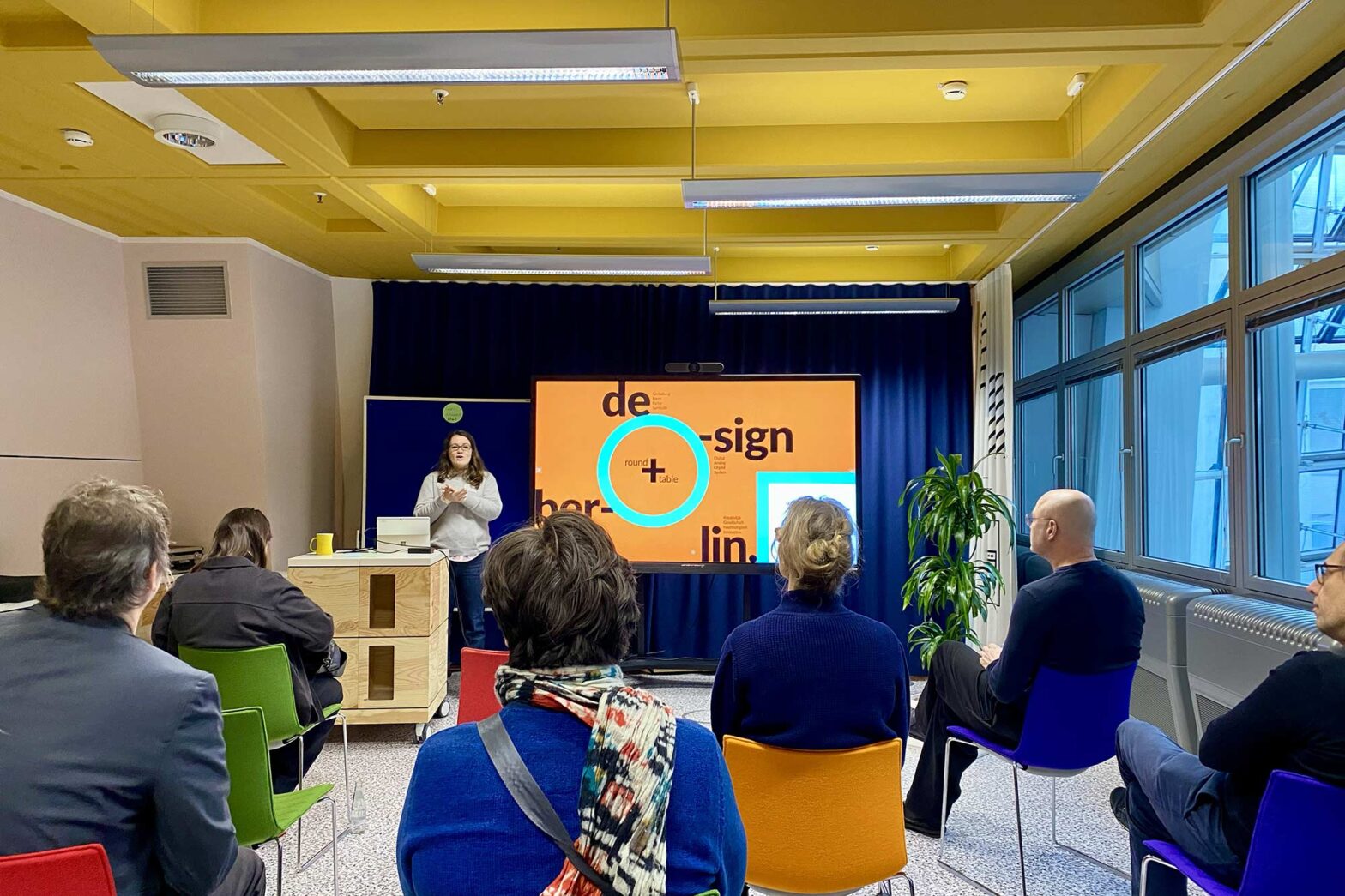On Tuesday, I joined a Berlin design roundtable of key community actors, including academia, business, state-level government and various design network representatives. The goal was to check in with each other, sync on what everyone is doing and understand priorities for economic development and state-side support. The event was organised by ‘Berlin Partner for Business and Technology’, a limited company run and funded by the State of Berlin. The person in charge had been to our public sector meetup in autumn and had good knowledge of our activities.
Linked to these activities, the Senate of Berlin runs a programme called ‘Project Future’ supporting the design industry as a business cluster and ecosystem. According to their data, the design industry is an area of significant growth in Berlin. It includes over 8,000 businesses, with an increase of 23% since 2008. Their combined trade volume is close to 8 billion – almost doubling in the past decade. So, their motivation to support the design ecosystem is tightly linked to economic measures.
Spun off from ‘Berlin Partner’ after a first round table in 2022, the Berlin Design Network – founded in late autumn 2023 – gives an overview of communities and events and also shares news and jobs. Our activities are listed there, too, and it’s great to see a network of networks to pull the various threads together.
Working together and responding to community funding needs, the State representatives gave an overview of their ‘Berlin Design Innovation Challenge 2024’, a funding project and competition to support community initiatives. In 2 categories, ‘International Attention’ and ‘Community Building and Knowledge Transfer’, the State awards between 25,000 and 100,000 euros, totalling 400,000 euros to projects.
While no direct funding is needed for our little meetup, is there another kind of event I could propose? With the rise of far-right and the perception of democracies not acting effectively and failing to deliver public value well enough, I am thinking of some festival format around the theme of ‘designing for democracy’ that brings different actors from participatory design, policy design, legal design and public service design together. I need to contact some smart folks to determine the direction, but I think there’s some potential. The submission deadline is the end of January.
Bringing obvious government quality frameworks together
It might appear I’m on a loop track when it comes to Service Standard advocacy. Unfortunately, it remains necessary to argue for quality in the German public sector. The Service Standard is the stand-in for ‘doing things the right way’ when it comes to designing and delivering public services.
German civil servants don’t have 1 but 2 powerful frameworks to improve user experience with the state and effectively deliver policy indent. Oddly, they are rarely considered in tandem. In a cross-departmental workshop on Thursday, we brought together the Service Standard and digital check for digital-ready legislation.
Both frameworks offer guiding principles – to either policy or service teams. While they are for civil servants in different roles, they overlap quite a bit. Both push for end-to-end digitalisation, accessibility, effective data-sharing, privacy, and improved underlying processes.

With colleagues from 8 ministerial departments, Sabrina, Caro, and I workshopped and examined how both frameworks relate, overlap and complement each other. We also discussed how they are distinct and serve different purposes – but both positively impact people’s experiences with government. Even in 3 hours, we only scratched the surface. So, I would like to dive deeper in the coming weeks and months and look for others interested in participating. Sabrina is eager to start writing a blog post. Hence, the workshop was just the beginning. We have powerful tools at hand that we have to put to good use.
Planning for the months ahead
Slowly, the calendar for the year is filling. I added various conferences and events from spring to autumn to the schedule. I have reviewed 2023 in further detail and set objectives for 2024. My career-related objectives include publishing a minimum of 7 pieces of writing and doing at least 7 public talks. After reviewing what I have written in the past and how often I gave talks, I calculated my minimum. Compared to these targets, I spoke enough last year but did not write and publish sufficiently. Having targets helps me prioritise.
I continue to submit proposals for conferences and events. My two pitches for the government’s IT Planning Council conference in March were rejected for the second year in a row. I spoke there in 2017 and 2018 with a positive response and great interest. I am also finishing a proposal to re:publica conference in May, where we had to withdraw an accepted GDS speaking slot a few years ago. The title is ‘Design for democracy – on quality of service experience and trust in democracy’. I believe I can put some relevant content together for that occasion.
What’s next
We’ll get our new international blog post I wrote last year on Monday or Tuesday. For most ongoing activities, I am aiming for a biannual update rhythm. The previous international community update was in August, so we are doing well.
Next week will be busy. I have a few appointments outside the office and will also host public sector colleagues for an on-site design system workshop.

